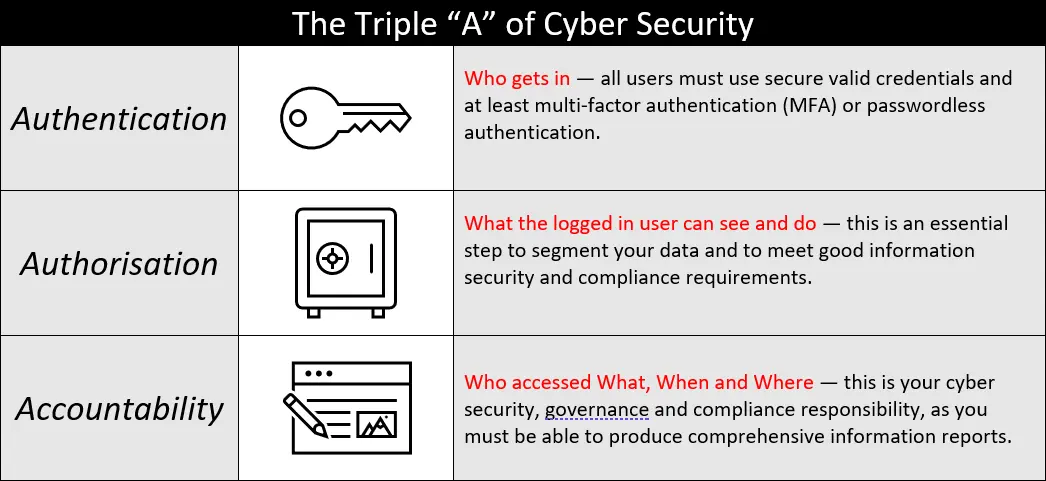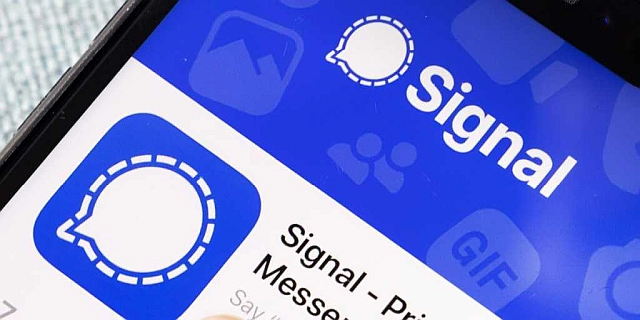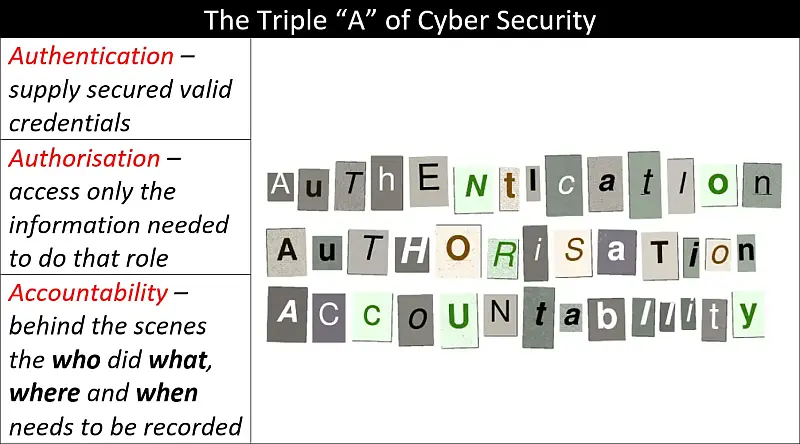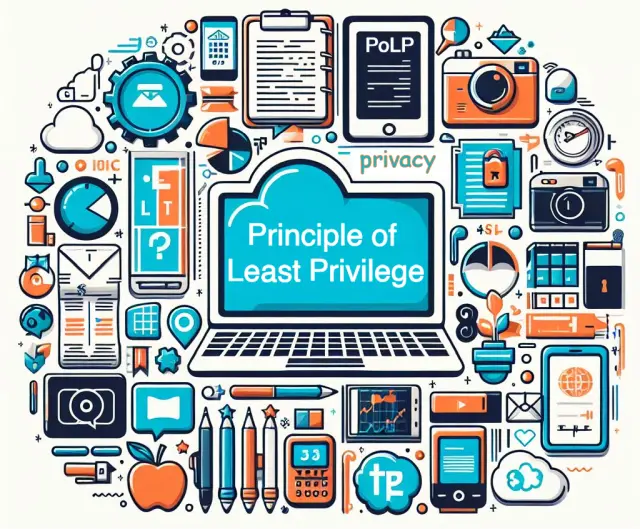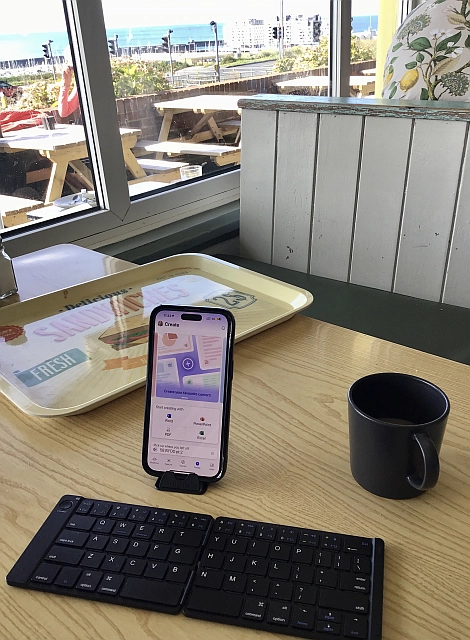AAA = Authentication, Authorisation and Accountability AAA is a vital step in any cyber security strategy is: AAA, the first two As gives you the ability to control who has access to your information and what information they are able to see. The third A is accountability – without this …
Some positive news for a change…
I like Signal as a secure, private messaging app and if your business needs an unaccountable way of communicating then I recommend Signal. Now Signal is starting to offer a secure encrypted back-up service for your messages: Signal adds secure cloud backups to save and restore chats – BleepingComputer The …
Authentication, Authorisation and Accountability – A Primer
Authentication, Authorisation and Accountability (AAA) and The Principle of Least Privilege (PoLP) come together in this primer to give you a basic understanding of the importance of knowing who is accessing your information and how much they can access. Another important idea covered here is what happens when something goes …
Continue reading “Authentication, Authorisation and Accountability – A Primer”
The Principle of Least Privilege – A Primer
Understanding the principle of least privilege – and then applying it in your organisation – is a fundamental step towards better cyber security. To help you gain the underpinning knowledge as to why this is important, I have written the following two articles: What the “Principle of Least Privilege” does …
Continue reading “The Principle of Least Privilege – A Primer”
Signalgate
I am not sure anyone is actually calling it that… We have all seen and or heard of this story that is running in the US and around the world: Trump and intelligence chiefs play down Signal group chat leak – BBC News I am not going to get into …

